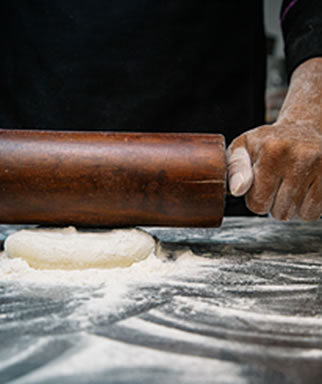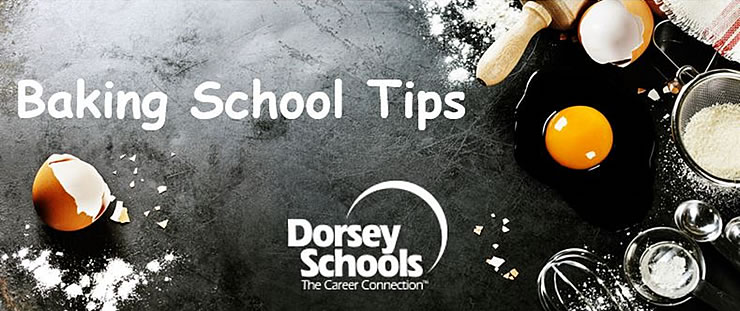Welcome to Baking School Tips! In this series, we will tackle some popular topics in the baking world and help demystify them for our readers. Today, we are talking about flour!
For those of you who enjoy baking, you know that flour is one of the essential ingredients involved. Whether you’re making cakes, cookies, or biscuits, you will need some flour. There are so many different types of flour, each fulfill a specific baking need. But the two most popular flours are All-Purpose flour and Cake flour. In order to help determine which one you need for your baking endeavors, we have compiled a list of facts. It’s time to settle it once and for all: Cake Flour vs. All-Purpose Flour.
The Difference Between Cake Flour and All-purpose?
Cake Flour
- Made from finely milled soft wheat
- Generally has a lower protein (gluten) than All-Purpose (usually in the 8%-9% range)
- High starch content and low gluten content which ensures that cakes rise
- Bleached
- Excellent for baking fine-textured cakes and things with high sugar content such as biscuits, muffins, and scones
- Used in some quick breads and cookies
All-Purpose Flour
- Made from a mixture of hard and soft wheat
- Generally has a higher protein than Cake Flour (usually between 10-12%)
- Very versatile – able to hold its structure or be light and flaky
- Either bleached or unbleached
- Bleached has less protein and is best for pie crusts, cookies, quick breads, pancakes and waffles
- Unbleached flour is used for yeast breads, pastries, strudel, and popovers
Which Flour is the Best Flour?
 As you can see there are quite a few differences between Cake flour and All-Purpose flour. Although they are both made from wheat grains, their uses vary quite a bit. Most of the differences stem from the amount of protein in each. All-purpose flour, with 10-12% protein, is an all-around good flour to use for baking breads, cakes, muffins, and for mixing up a batch of pancake batter. While, Cake flour, with 6-8% protein, is for really soft and moist, “melt in your mouth” type cakes and pastries.
As you can see there are quite a few differences between Cake flour and All-Purpose flour. Although they are both made from wheat grains, their uses vary quite a bit. Most of the differences stem from the amount of protein in each. All-purpose flour, with 10-12% protein, is an all-around good flour to use for baking breads, cakes, muffins, and for mixing up a batch of pancake batter. While, Cake flour, with 6-8% protein, is for really soft and moist, “melt in your mouth” type cakes and pastries.
So which is better? That simply depends on what you have a taste for. They both have their uses and they are both very handy ingredients to have in your kitchen. Happy Baking and stay tuned for more baking school tips form Dorsey Schools.
Baking and Pastry Arts program at Dorsey Schools
The Baking and Pastry Arts diploma program at Dorsey Schools is designed to develop student’s culinary foundation in the art and science of baking and pastry. Students in this “hands-on” program will be given the opportunity to learn, practice, and understand the skills needed to excel in this specialized field. In the kitchens, students can learn and apply specific techniques and practical skills such as basic food preparation, knife skills, baking science fundamentals, kitchen management, and more. The curriculum is geared to prepare students to challenge two nationally recognized certifications: ServSafe Manager exam and the NRAEF Nutrition exam.
Interested in learning more about Dorsey Schools?
Does pursuing a career in Baking and Pastry Arts sound like the right path for you? If so, then give us a call at 888-422-1188 or Request Info Online
Sources:
http://whatscookingamerica.net/Bread/FlourTypes.htm
http://nationalfestivalofbreads.com/sites/default/files/comparing-flours.pdf
http://simmerandboil.cookinglight.com/2015/06/09/all-purpose-flour-vs-cake-flour-whats-the-difference/#sthash.8MoB4QZc.dpuf

